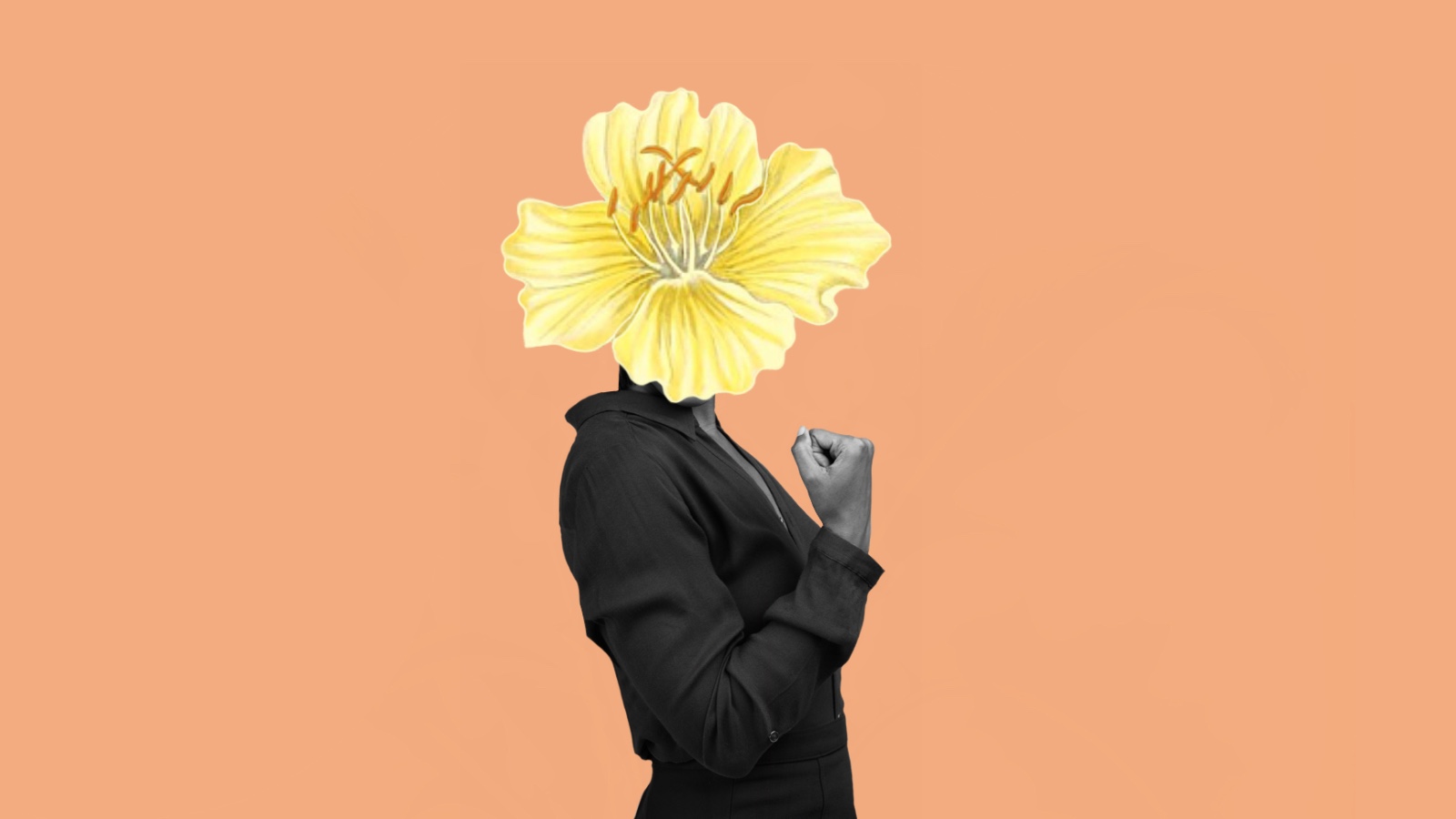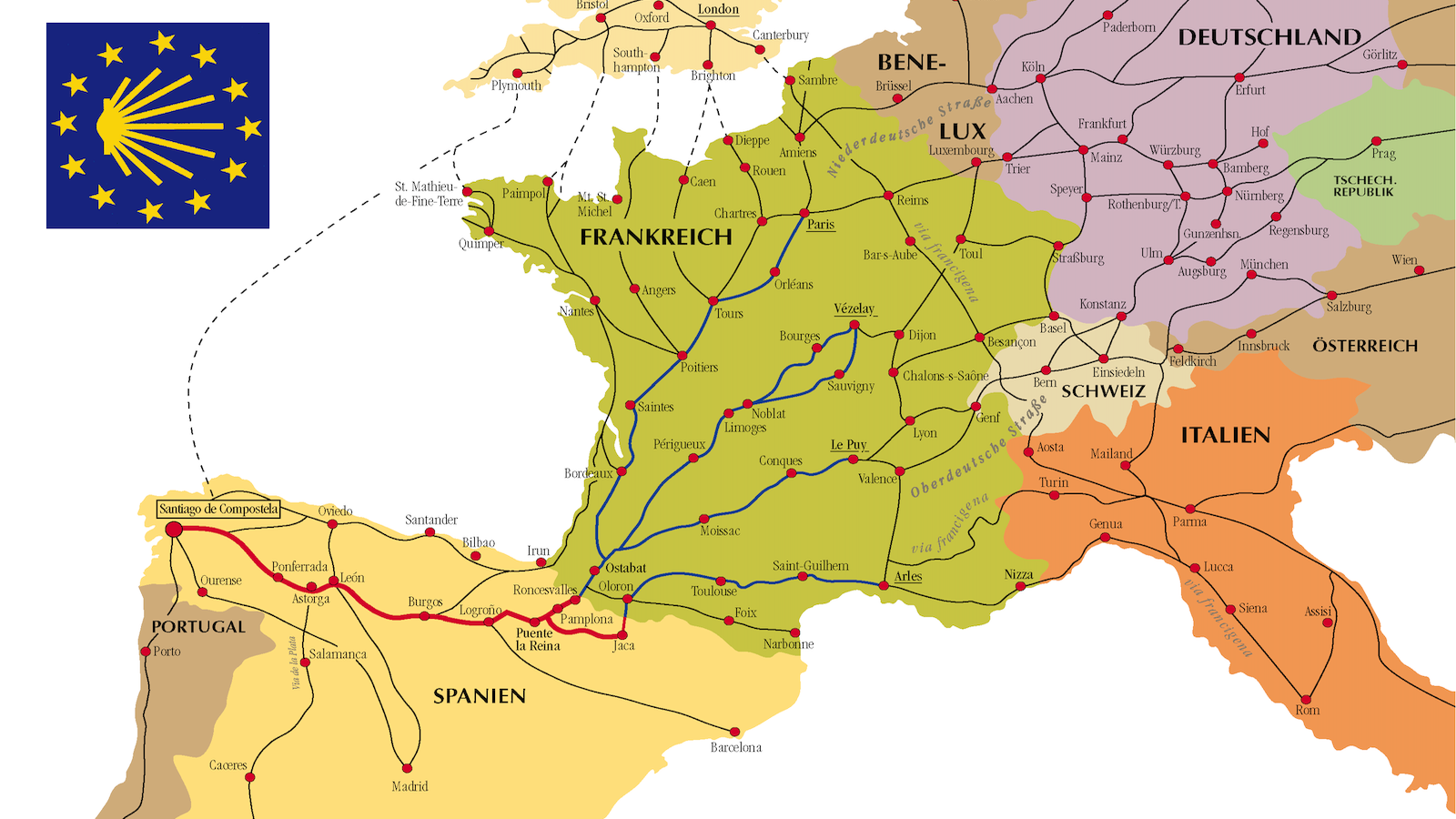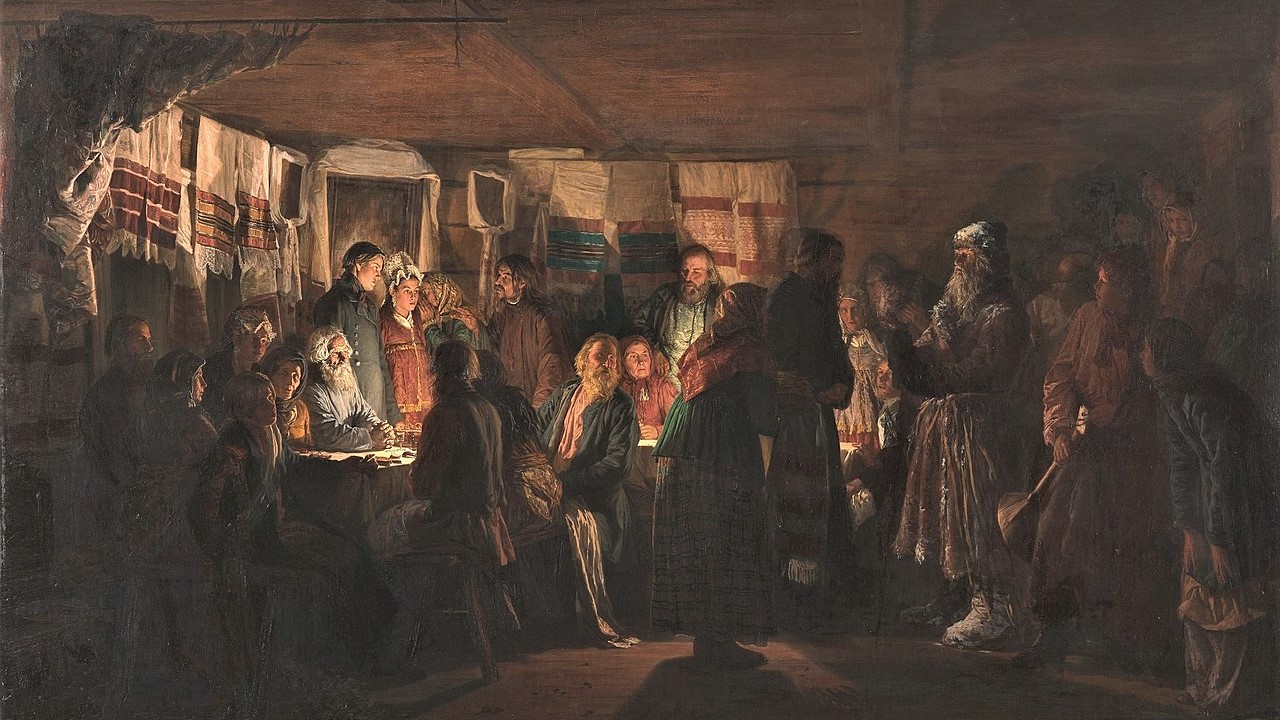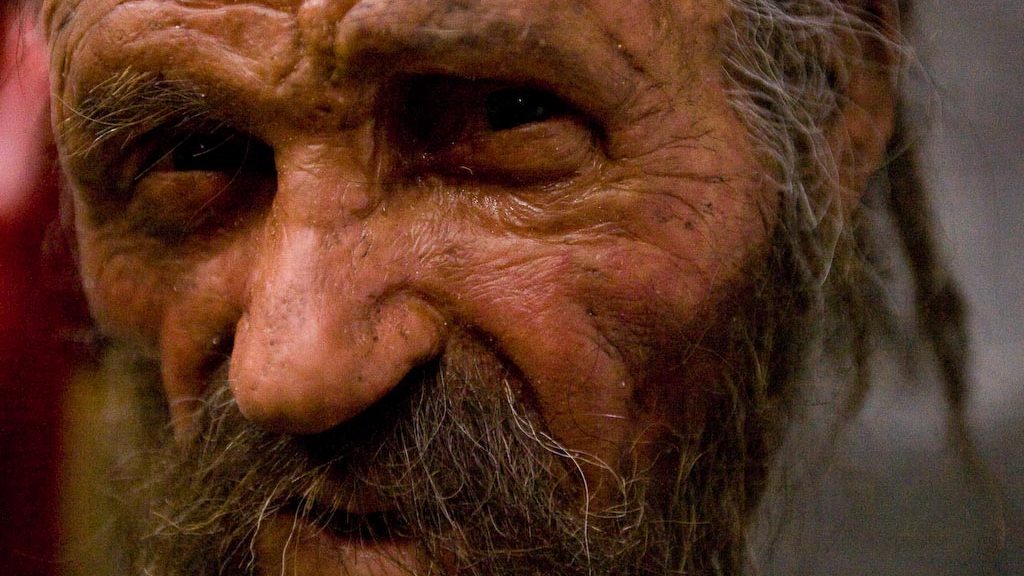How Far Can an Artist Go in a Religious Country?
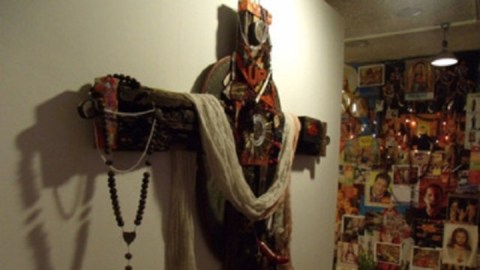
The recent controversy in Manila over local artist Mideo Cruz’s Kulo exhibition raises the question of how far an artist can go in terms of religious art in a religious country—in this case, the Philippines, which is more than 80% Roman Catholic. Kulo, which means “boil,” set Cardinal Gaudencio Rosales of Manila’s blood boiling. Rosales denounced the show as “blasphemous.” President Benigno Aquino used the power of the government to shut the exhibition down, thus drawing complaints from artists’ groups over freedom of speech. Freedom of speech issues are always thorny, but when an artist’s work pricks community sensibilities so deeply for little visible gain, at least so far, it makes one wonder if it is possible that an artist can go too far when it comes to religious art in a religious country.
Mideo Cruz’s Kulo show at the Cultural Center of the Philippines certainly caught the attention of the public, as I’m sure Cruz intended. Cruz’s main motif, as far as I can judge from photos from the show, is to take kitschy posters of Christ and religious knick knacks and attach wooden phalluses to them. One crucifix, in addition to rosary beads and other Catholic symbols, features a wooden penis in approximately the correct anatomical spot (image above). Elsewhere, Cruz mars posters of the classic, blond-haired, blue-eyed Jesus with penises extending from the center of the face like pornographic pinocchios.
I wish that Cruz was making some kind of Leo Steinberg-esque statement along the lines of Steinberg’s 1983 book, The Sexuality of Christ in Renaissance Art and in Modern Oblivion, in which the late critic argued verbally and visually that Renaissance artists used phallic imagery to emphasize the human nature of Christ that, they believed, coexisted with his divine nature. I’ve tried to find some artist statement along those lines, but the language barrier stands in my way. It may exist, but I’ve yet to find it, and somehow doubt it is being made here. The sheer hamhandedness of Cruz’s in-your-face work just adds to the inability of Catholic groups to hear the theological commentary, if any, Cruz may be making.
Similarly, Cruz slaps Mickey Mouse ears and a red clown nose on another poster of Jesus. Perhaps this is Cruz’s Lennon-esque “more popular than Jesus” moment, in which he channels his inner Beatle to decry the commercialization of Christ by invoking Walt Disney. Again, I can’t seem to find an artist statement along these lines. As much as I want to append that idea to Cruz’s work, all I can see is an agent provocateur trying to rile up the local majority in a cheap run at fame or infamy, the line between which gets blurrier every day.
One of the stranger aspects of the Kulo episode is the presence of an actual exorcist—Father Michelle Joe Zerrudo, who led a procession of nuns, seminarians, and lay persons carrying images of Jesus and the Virgin Mary outside the exhibition venue in an attempt to exorcise the “public sin” committed by Cruz. “This is an act of love for God to make up for the lack of love,” Zerrudo explained. “Regardless of what has been done, we would like to tell the Lord that we would like to do reparation for whatever has been done against Him.” Cruz knew full well that his exhibition would strike a nerve, but struck anyway with no visible attempt at explaining the purpose behind his actions.
“There are rights but if those rights hurt the rights of others, there is something wrong and that is not covered by the law,” President Aquino said as he closed the show. “There is no freedom that is absolute.” As much as I wish freedom of expression could be an absolute good, Cruz’s Kulo might help set the bar for future attempts to express religious ideas, however controversial, in a constructive rather than destructive way. With the 2012 presidential election looming over America with religion certainly being a major issue, the handling of Kulo may be the canary in the coal mine for our own country.
